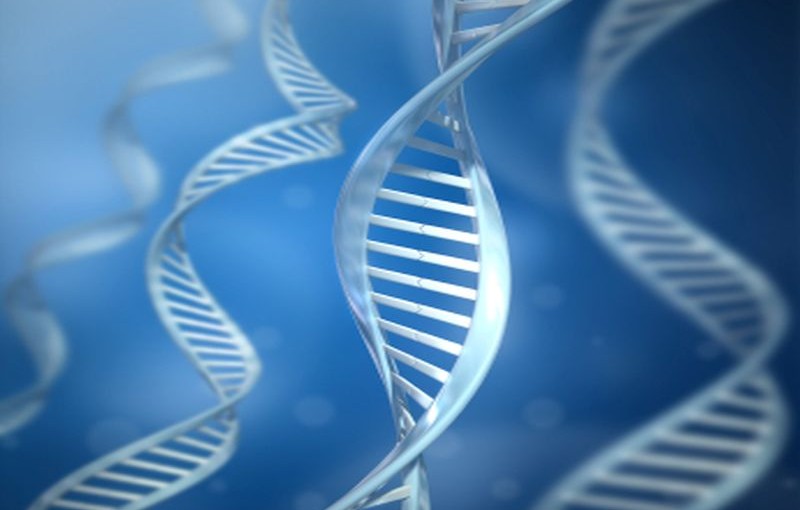One of the most unsettling aspects of cancer is the unknown.
There is the unknown of what is in store for you if you receive a diagnosis of cancer. But on a larger scale, we all live with the uncertainty of whether we’re going to develop cancer in our lifetimes.
That is why I view the diagnosis of genetic predisposition as something of a gift. If recognized early by genetic testing, knowing that your genes predispose you to developing certain cancers can be incredibly empowering.
As a gynecologic oncologist, I know that my patients often don’t share my view — not at first. But I have watched how with education and planning, many come to see that the more information a woman has about her health the more power she has to take control of it.
The uncertain “What if?” gives way to the confident “Not on my watch.”
By knowing what to look for and taking the appropriate steps, women whose genes predispose them to breast and ovarian cancer, for instance, can proactively work to keep those cancers at bay.
As the co-director of Gynecologic Oncology Hoag’s Breast & Ovarian Cancer Prevention Program, I encourage women to talk with their doctors about their family history to determine if genetic screening and counseling is appropriate for them.
Women with a strong family history could be eligible for genetic screening to see if they carry the BRCA1 or BRCA2 genes, which are associated with breast and ovarian cancers. These genes are responsible for about 15% of all ovarian cancers, which makes them an important road map for women and their doctors.
Ovarian cancer ranks fifth in cancer deaths among women, accounting for more deaths than any other cancer of the female reproductive system. It can be an insidious disease that often has no symptoms in its earliest stages.
Because we don’t have an effective screening test for ovarian cancer, by the time a cancer is diagnosed, it is usually at an advanced stage. This means that knowing you have a genetic predisposition can serve as a red flag, instead of a possible death sentence. It’s a gift to be able to identify this risk and be proactive, rather than reactive.
But having these genes and knowing that you have them are two different things. The knowledge about genetic predisposition becomes powerful only when women use it as a jumping off point, educating themselves about the tools they have to assess their cancer risk and prevent the disease from developing.
For instance, I see women at high risk for ovarian cancer for pelvic exams, ultrasounds, screenings, surgery and medical management as part of Hoag’s program. By knowing what to look for and taking preventative actions, such as an oophorectomy (removal of the ovaries), we can nearly eliminate the chances that a deadly cancer will develop.
In addition to negating ovarian cancer risk in women who have the BRCA1 or BRCA2 genes, prophylactic ovarian removal can also lower the risk of breast cancer by up to 50%.
One of the most unsettling aspects of cancer is the unknown. By identifying the hidden warning signs in their genes, many women have the ability to alleviate that dread and turn knowledge into action.
Dr. Lisa Abaid is the co-director of gynecologic oncology for the Breast & Ovarian Cancer Prevention Program at Hoag Hospital.
This article was published in the LA Times


